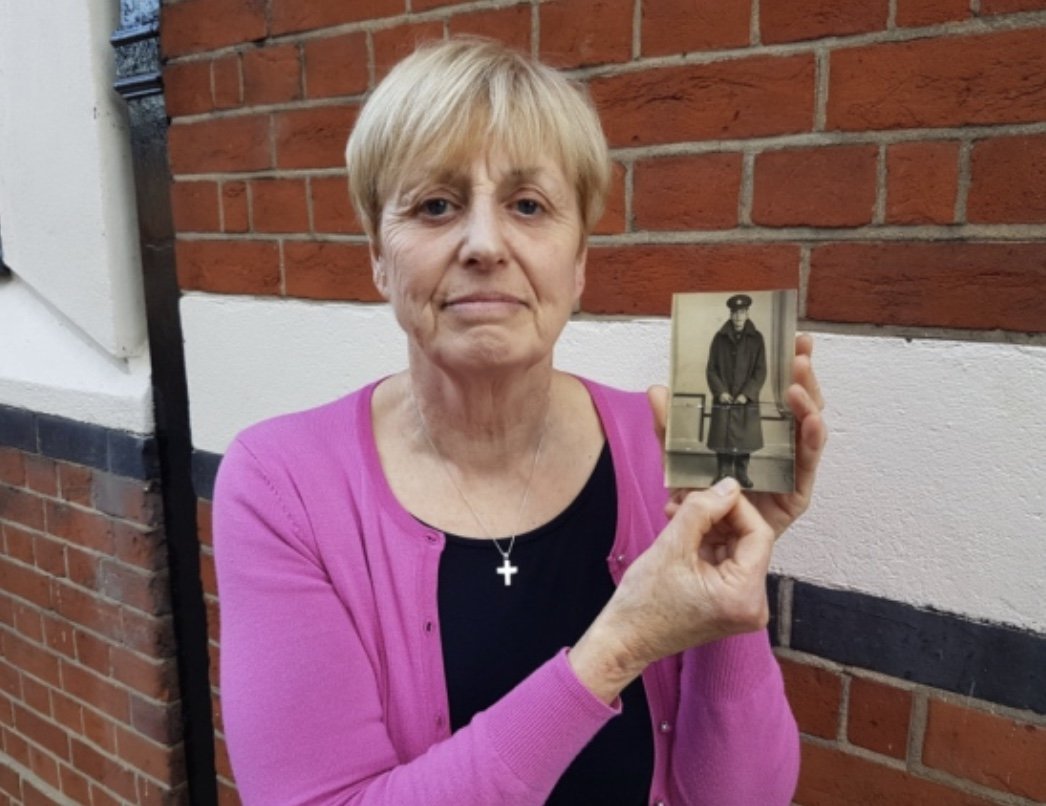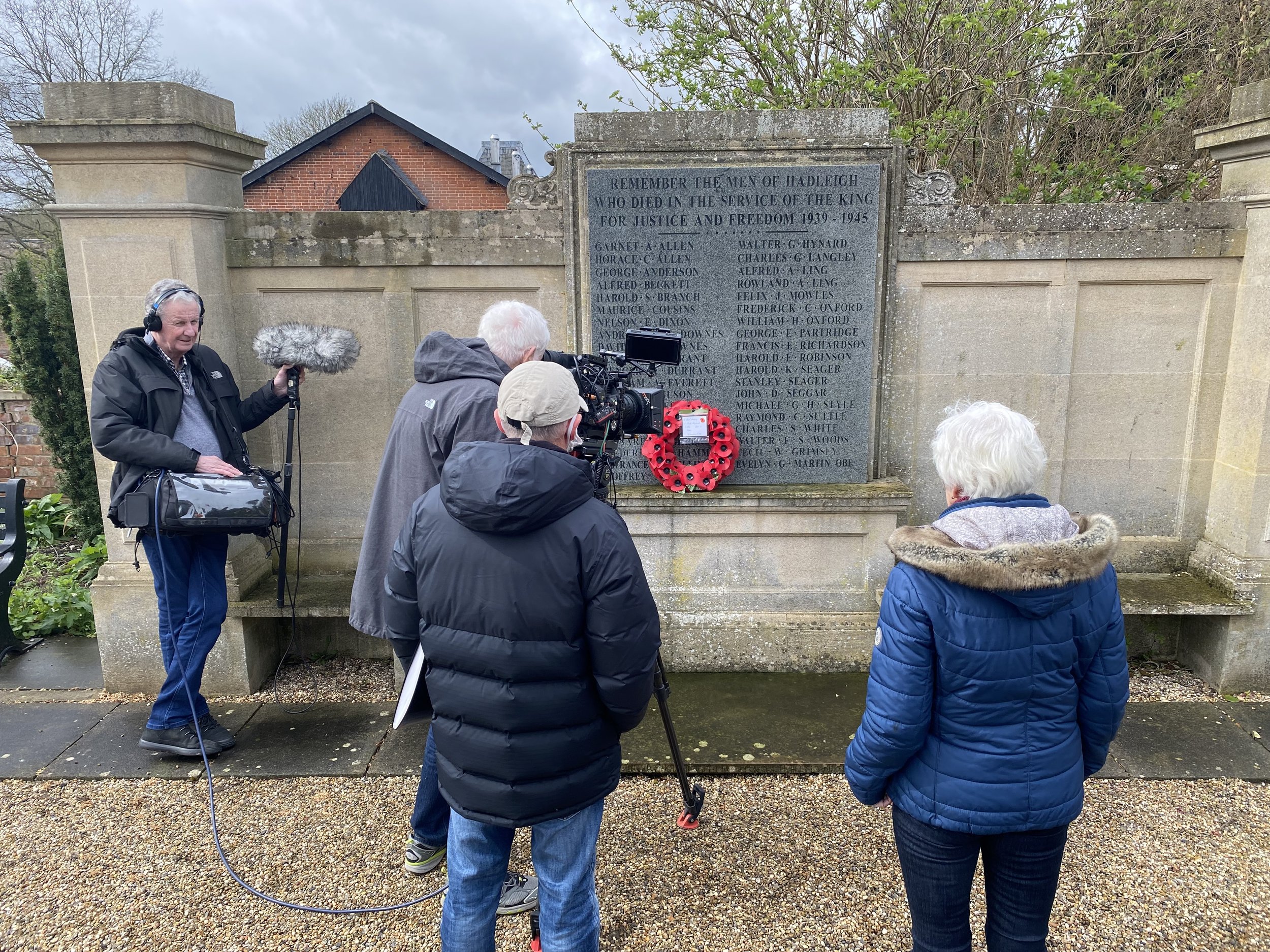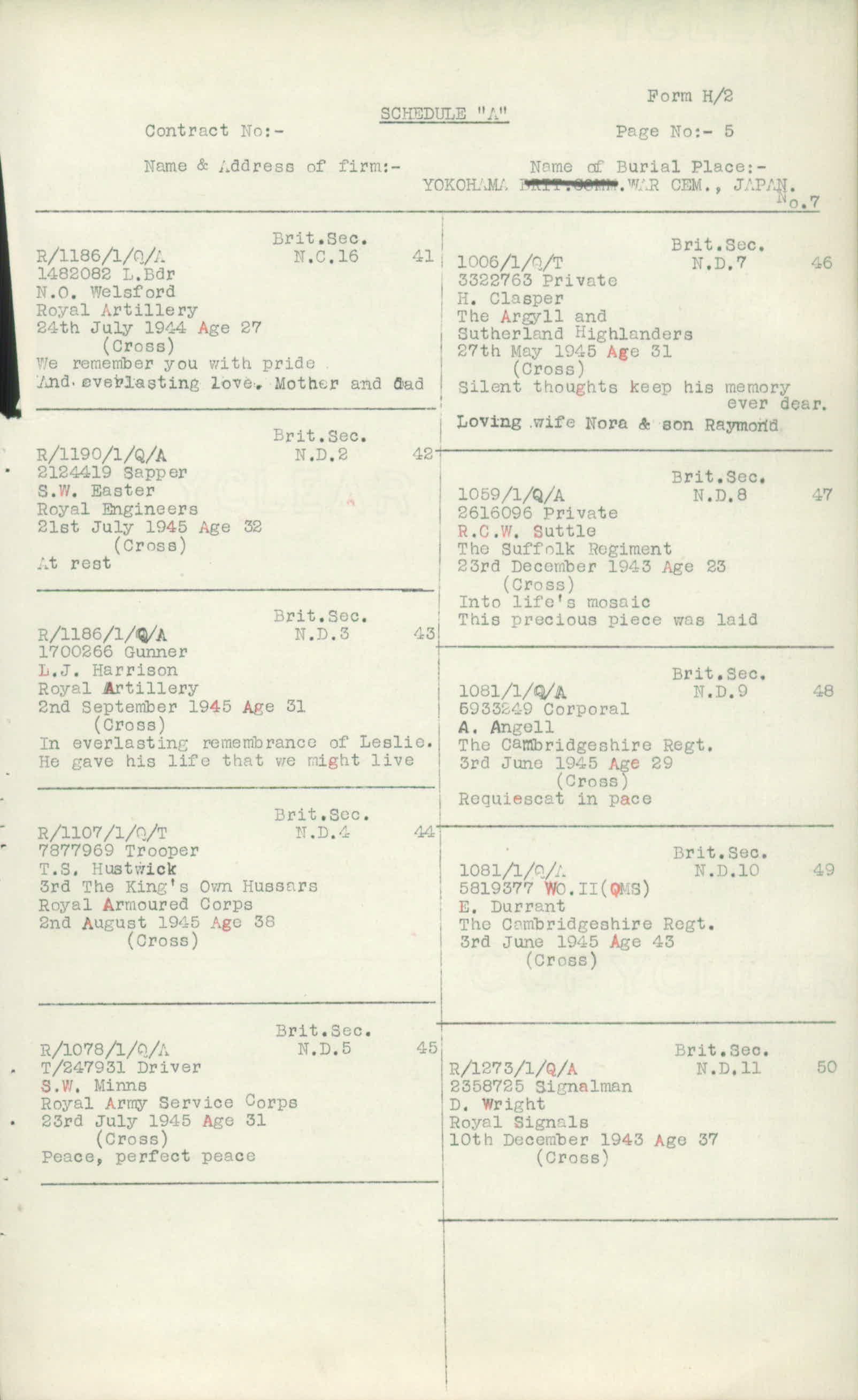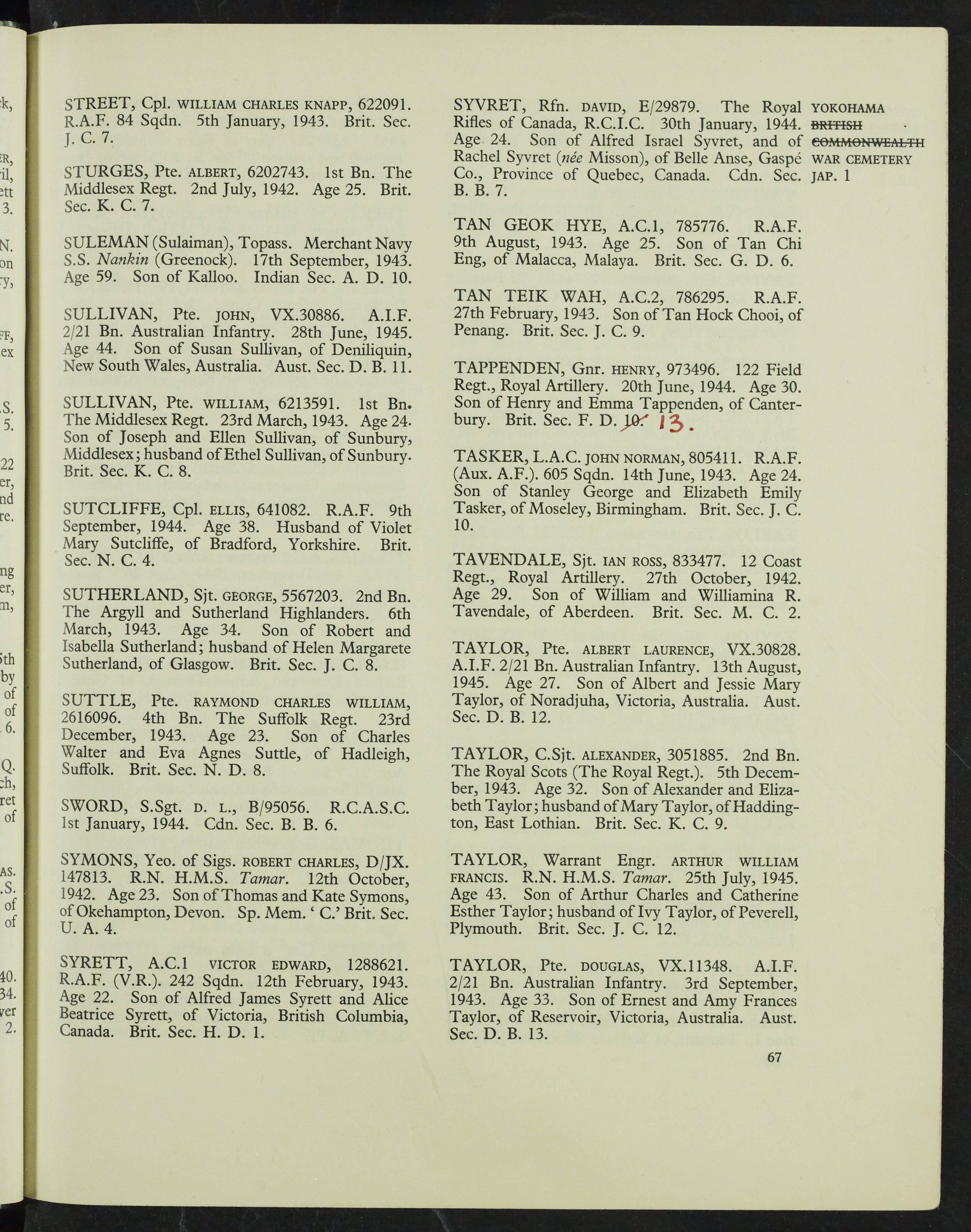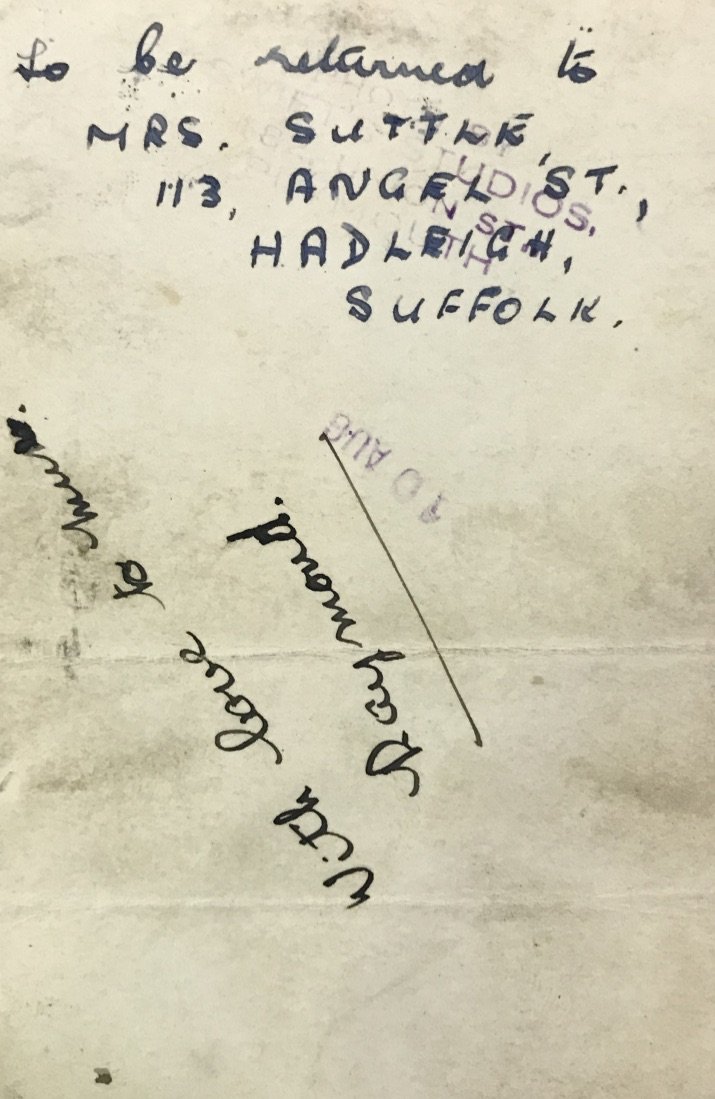Raymond Charles Suttle
Rank: Private
Service Number:
Date of Birth: 1920
Regiment: 4th Bn, Suffolk Regiment
Date of Death: 23 December 1943
Age at death: 23
Cemetery / Memorial: Yokohama War Cemetery
Country: Japan
Grave / Reference:
Relatives: Son of Charles Walter and Eve Agnes Suttle
Address: Hadleigh, Suffolk.
Raymond Suttle was born in 1920, the son of Charles and Eva Suttle of Hadleigh. He was one of the many men of the 4th Battalion of the Suffolk Regiment who were captured at the fall of Singapore in February 1942. The Suffolk Regiment had been in Singapore less than a month when the Allies were forced to surrender.
Raymond spent nearly two years as a Japanese Prisoner-of-War, being transferred between different camps. By December 1943 he was in Muroran camp on Hokkaido island in northern Japan. He died there on 23rd December, aged 23. News of his death did not reach his parents until December 1945.
Despite their weakened state the men were put to work as forced labour. Many ended up constructing the notorious 258 mile Thailand-Burma railway, also known as the Death Railway. Around 16,000 allied POWs died from overwork and malnutrition, but the exact details of their final days is largely unknown.
In recent years however, the story of Raymond Suttle’s tragic end was discovered when a former teacher, Paul Murray, was researching his own father’s story. Major Francis Murray acted as chief medical officer at seven Japanese prisoner of war camps during World War Two and he kept a secret diary that detailed accounts of his time in the camps. During his research, Paul discovered that Raymond was one or thirteen prisoners who died on his father’s watch and he set out to find their relatives to tell them what happened to their loved ones.
Private Raymond Charles William Suttle
East Anglia, and Suffolk in particular, has good reasons to remember the war in the Far East. In a repeat of the WW1 deployments, local Territorial Battalions the 4th & 5th Suffolks were mobilised and sent overseas. After initial training they deployed to India in 1942, but were diverted to Singapore to defend the naval base against the Japanese. Once they landed, their war service lasted only 10 days before they were forced to surrender when they faced overwhelming odds. They, along with thousands of other Territorials, became prisoners of war after the surrender.
Life as an Allied Far East Prisoner of War was extremely hard. The prison camps became infamous for the harsh treatment. Torture and even executions were commonplace. Food was strictly rationed – all that many men had was a little rice and boiled river water. All the prisoners suffered with diseases such as malaria, beri beri and dysentery.
Diane Bayliss with her treasured portrait of her Uncle Raymond
Paul Murray, son of Major Francis Murray at Raymond’s grave side
Raymond’s case also appears in records from the trial for war crimes of the commandant of Muroran camp, Kaichi Hirate. One of the charges was specifically about Raymond, with witnesses reporting that his solitary confinement in freezing conditions was a punishment for stealing food. These records contain sensitive information which could be upsetting and include descriptions of cruelty and violence. Hirate was found guilty and hanged.
When Major Murray was captured he was taken on a journey that took him all the way to Japan. He travelled with the same group of prisoners throughout and by 1943 they ended up in a POW camp North of Tokyo and they were made to work in a steel factory. Raymond was in this camp and so we can assume that he made the same journey as the doctor.
The secret diary recorded that Raymond died after spending five days in solitary confinement without a blanket in sub-zero temperatures. Paul wrote an article that was published in the East Anglian Daily Times looking for relatives of Raymond. Diane Bayliss, Raymond’s niece spotted the article and got in touch. When Diane eventually met Paul she gave him a small wooden cross that had been carved from one of the old pews from St Mary’s church, to lay on Raymond’s grave at the Commonwealth War Graves Cemetery at Yokohama near Tokyo.
Private Raymond Suttle’s grave with wooden cross
After the war, efforts were made to collect the remains of Allied soldiers and transfer them to a limited number of locations; a document meticulously records the transfer of Raymond’s ashes from a mausoleum to the Yokohama Cemetery. The cemetery contains the remains of 1,500 Allied soldiers who died as POWs or during the post-war occupation of Japan.
In 2022 a documentary film maker who was making a documentary about Major Murray visited Hadleigh to meet with Raymond’s relatives and hear how Raymond’s family were effected by his death.
Raymond is remembered with on the town’s Second World War Memorial Wall on the High Street and on the Roll of Honour in St Mary’s Church.



